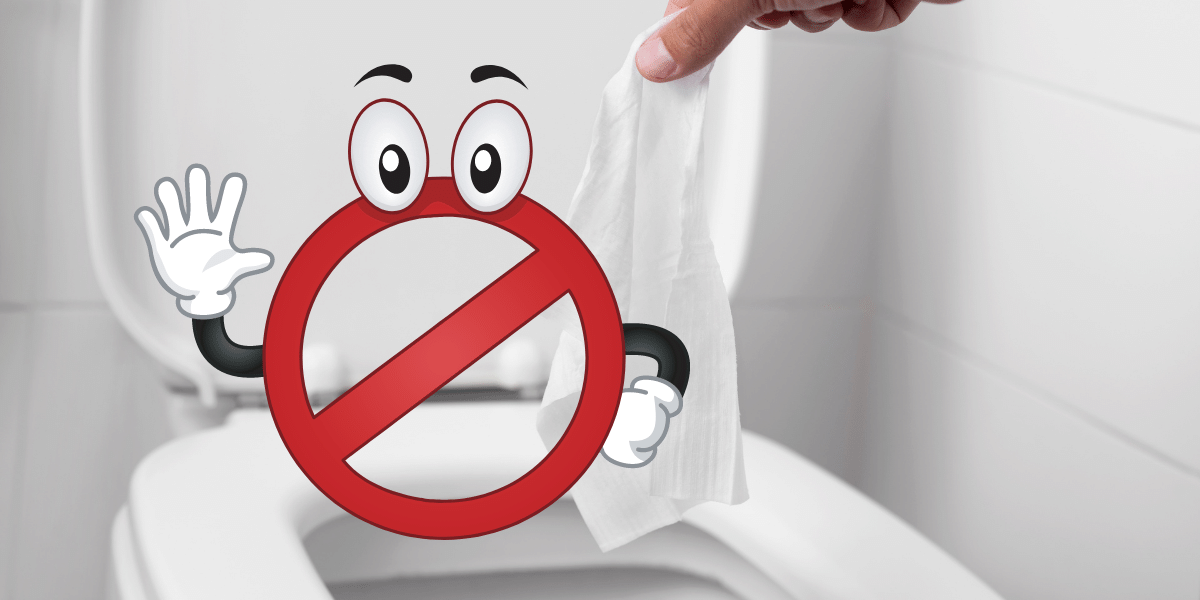Confusion about what kind of wet wipes can be flushed down the toilet is still causing problems for wastewater infrastructure in many communities, and Congresswoman Lisa McClain hopes to reduce it by creating a national labeling standard for non-flushable wet wipes.
McClain said, “Too often, false marketing leads people to flush wipes that are not safe for our plumbing infrastructure. I’m proud to introduce this bipartisan legislation, which is key to maintaining and protecting our sewage systems.”
Some wet wipes are safe for flushing, but their appearance is so similar to other wet-wipes, that it’s difficult to tell the difference. Wipes need to be free of plastic fibers and completely break down after flushing in order to be compatible with sewer systems.
Many wipes are marketed as flushable, but in reality there are disclaimers on the packaging with ambiguous messaging such as “safe for well-maintained sewer and septics” or warnings about using in basement pump systems or flushing more than one wipe at a time.
Make-up remover wipes, baby wipes, surface-cleaning wipes, paper towels, and feminine hygiene products do not break down in sewer systems and can wreak havoc on both municipal and septic systems.
The new WIPPES Act would require that non-flushable wipes come with a “Do not flush” warning on their packaging, and it provides for consumer education on the new labeling and the adverse effects flushing the wrong products has on sewer systems.
Reporting for WGRT – Jessie Wiegand


